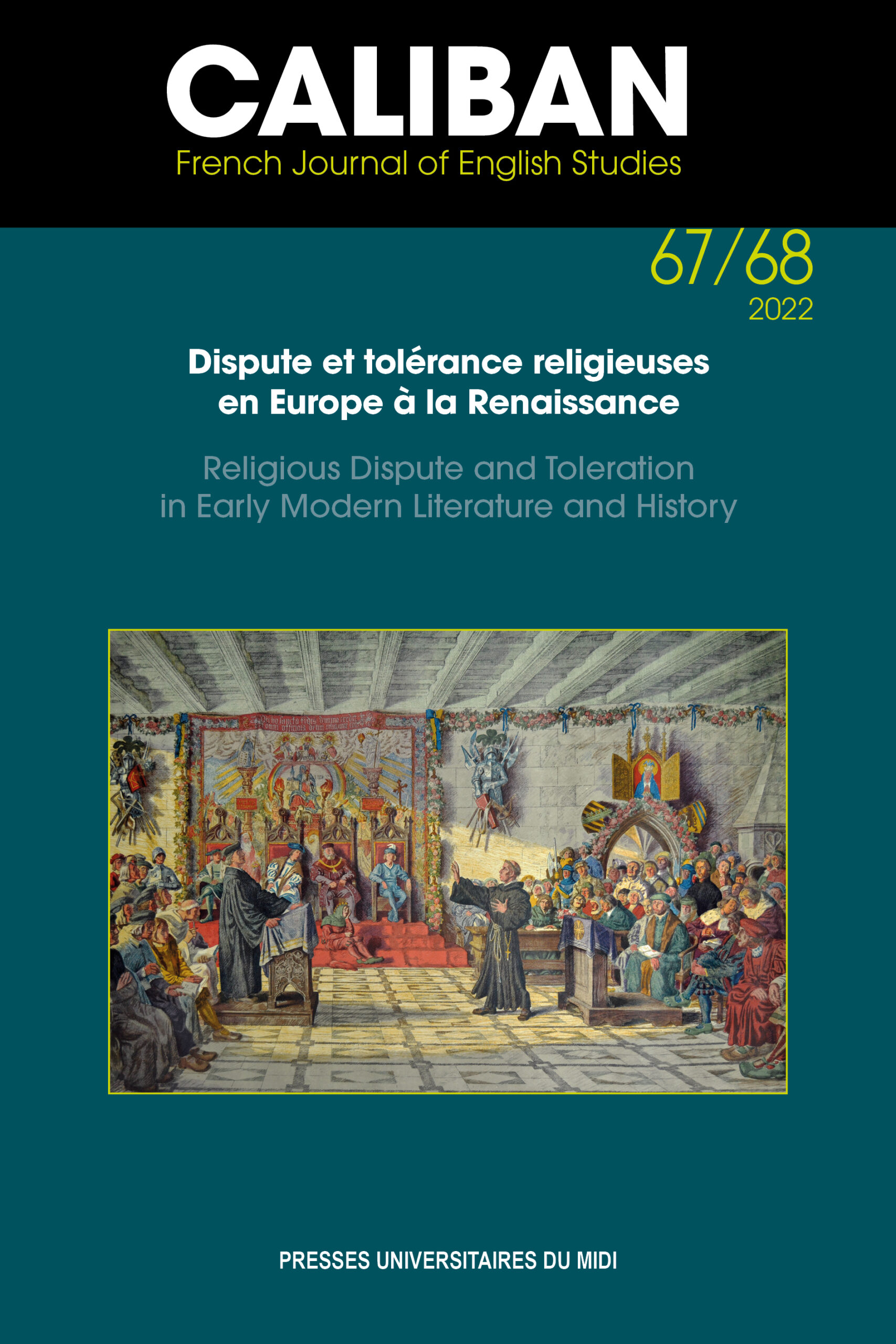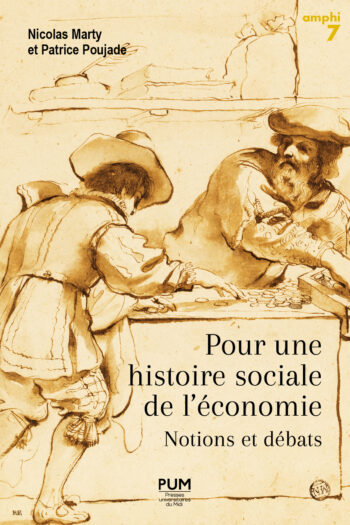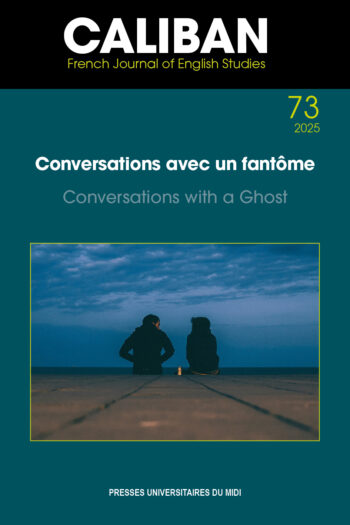Dispute et tolérance religieuses en Europe à la Renaissance
La Renaissance est une période marquée par les notions de conflit interconfessionnel et d’hybridité religieuse. Les nombreuses interactions entre catholiques et protestants dans les îles britanniques et en Europe continentale illustrent ces phénomènes. Ce numéro explore la tension persistante entre conflit et apaisement qui en résulte. Il propose d’analyser la tendance à utiliser et à adapter une forme ancienne de controverse, la dispute religieuse publique, afin d’attiser les antagonismes religieux. Il étudie ainsi la dimension conflictuelle des rapports interconfessionnels. Cependant, l’objectif de ce numéro est aussi de dépasser une simple dichotomie. Bien que l’on oppose généralement la dispute à la tolérance, les articles de ce dossier tentent aussi d’approfondir l’interaction dynamique entre ces deux concepts.
Examinant de près les rencontres et les dialogues entre les deux parties, les auteurs se demandent si ces rencontres n’ont qu’un seul but (amplifier le conflit) ou si l’intention polémique ne coïncide pas également avec la volonté de tendre vers un accord. Ce volume tente ainsi de comprendre comment la dispute peut contribuer à la résolution des confits dans l’histoire, la littérature, et, plus largement, dans les arts ainsi que les limites de cette approche.
Religious Dispute and Toleration in Early Modern Literature and History
The Renaissance is a period marked by the notions of interconfessional conflict and religious hybridity as illustrated by the numerous interactions between Catholics and Protestants in the British Isles and in mainland Europe. This volume thus analyses the constant tension between conflict and appeasement which results from these interactions. It seeks primarily to examine the tendency to use and to adapt an old form of controversy, public religious disputation, in order to arouse religious antagonism. It investigates the conflictual dimension of interconfessional relationships. However, the aim of this volume is also to try and go beyond a simple dichotomy. Although disputation and toleration are usually opposed, this volume seeks to explore the dynamic interplay between these two concepts.
By focusing on encounters and dialogues between two conflicting parties, it seeks to determine whether these encounters always have one single purpose (amplifying the conflict) or if the polemical objective is concomitant with an attempt to reach an agreement. The volume seeks to understand how a disputation can be turned into a tool used to resolve the conflict in history, literature and the arts in general and the limits of this approach.




